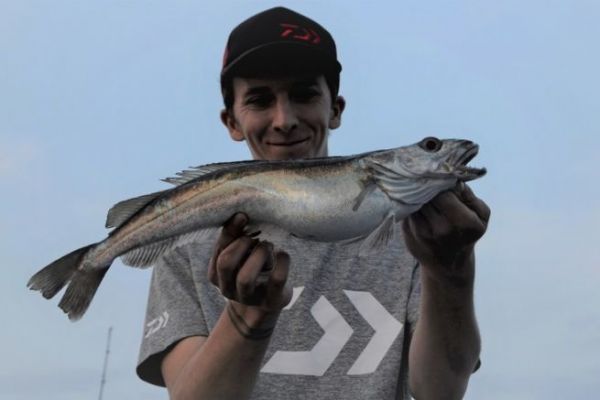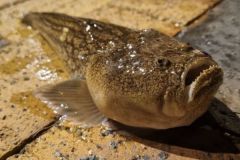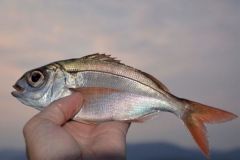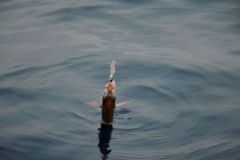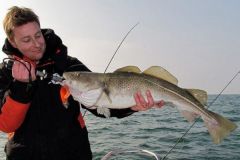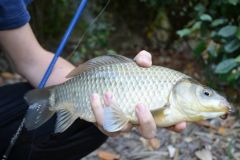Introducing hake
Its scientific name is Merluccius merluccius, and it's a fish found in the Mediterranean and Northeast Atlantic. A member of the Merlucciidae family, hake is improperly called whiting in Provence.
Hake is a slender-bodied fish. Its back is silvery gray and its belly white. It has two dorsal fins and an elongated anal fin. Its mouth, with its prominent mandible, is dark inside and equipped with large, pointed teeth. A fast-growing fish, the common hake can reach 1 meter in length and live for around twenty years.
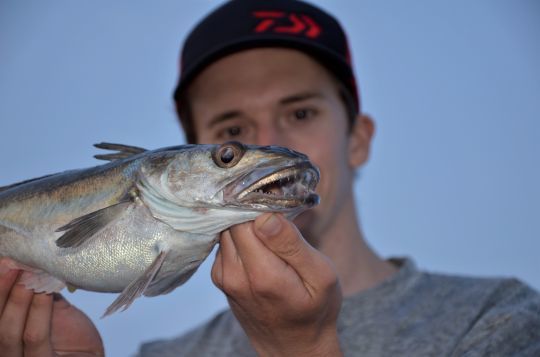
Behavior and habitat
The common hake is a demersal fish during the day, i.e. it lives close to the bottom and feeds mainly on the bottom. They live on muddy or sedimentary bottoms, from depths of around 100 meters to over 600 meters. At night, hake may approach the surface to hunt. They feed mainly on fish, cephalopods and crustaceans.
Hake fishing
Common hake is a fish that can be targeted during deep-sea fishing sessions. You need to look for them in deep water, usually beyond 100 meters. Hake can be fished with large worms, pieces of fish or cephalopod strips. These baits are best tied for greater effectiveness. It can also be fished with lures, using jigs, madaï-jigs or inchikus weighing around or over 100 grams. The tackle should be sturdy enough to cope with all eventualities.
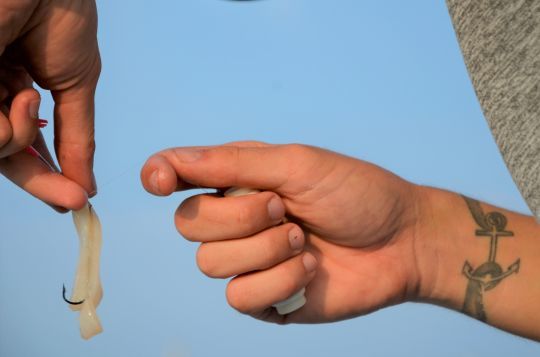
A fishery full of surprises, with the opportunity to fish for other species such as redfish, red bream and conger eel.
Note that the minimum catch size for common hake is 20 centimetres in the Mediterranean and 27 centimetres in the Atlantic, North Sea and English Channel. It is also compulsory to mark the fish by cutting off the lower part of the caudal fin.

 /
/ 